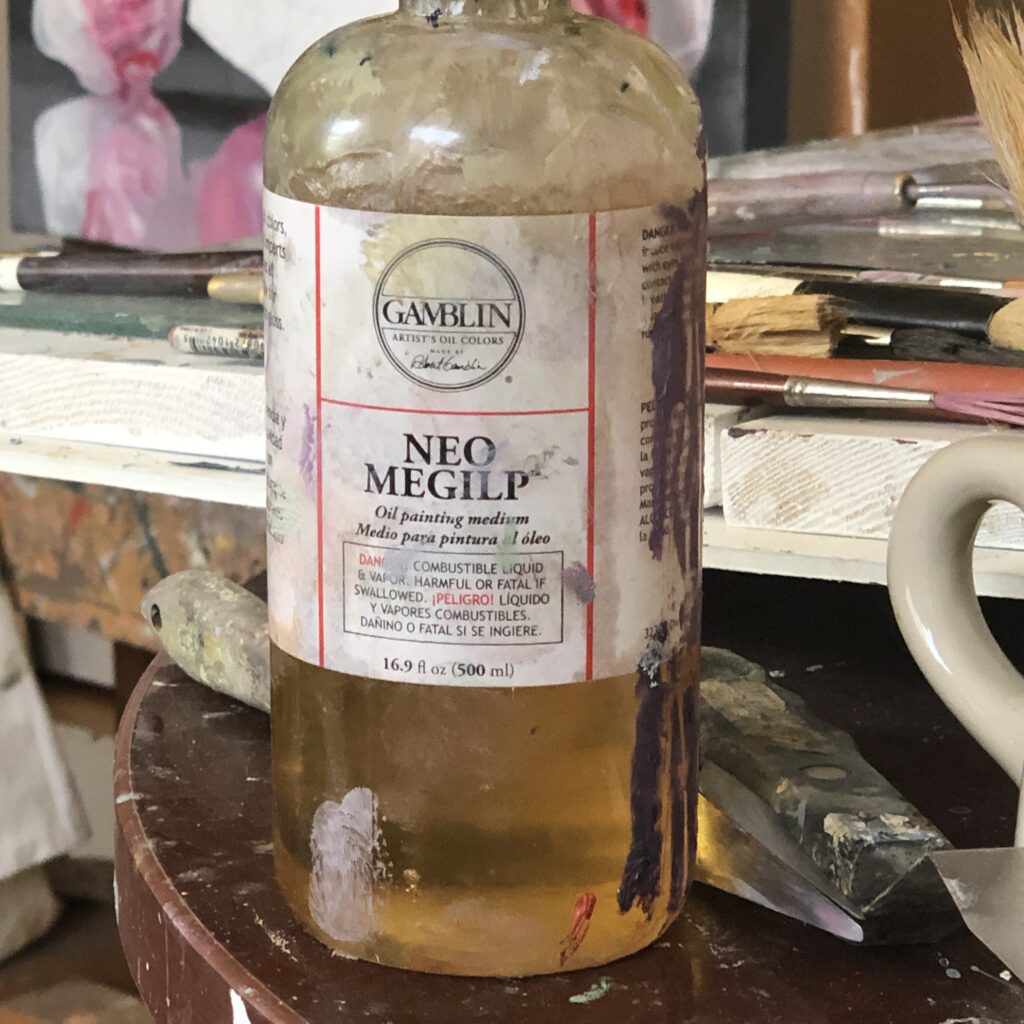Going dark for a while

My new favorite medium.
I’ve been joking with a number of people that having complied with the social isolation required around the world to fight COVID-19, I can’t tell the difference between this and my ordinary life. Such is painting. I still make furtive trips to the supermarket and Home Depot. I paid cash for one small purchase recently and my fingertips did an absurd dance with the clerk’s in our attempt not to touch each other. Meanwhile, running along the Erie Canal’s towpath yesterday, I felt as if dozens of erstwhile isolationists had fled to that nearly empty channel of water, far more people than I would normally see at this time of the year. Walkers, runners, cyclists and in-line skaters were easily able to keep their distance and most were friendlier than they are in the aisles of stores. Maybe I’m just noticing for the first time how eye contact at Wegmans is as rare as on the streets of Manhattan, where people walk under an unspoken edict never to smile at anyone or acknowledge individual faces in the packed flow of pedestrians moving along Fifth Avenue. (Fifth Avenue is as dry, figuratively speaking, as the Los Angeles River these days.)
All of these sequestered hours provide ample time to paint, though I’ve noticed in myself and a number of others—Christopher Burke’s latest post on Instagram talked about his creative rut—that this weird, nearly universal state of suspended animation in society casts a pall on individual effort, for some reason. I’m still painting every day, often for six hours, and making steady progress, but always with an irksome sense that I work more slowly than I would like—yet that doesn’t inspire me to put in longer hours.
So I’m busy enough to be posting new work every few weeks, but I’ve withdrawn to a great degree from Instagram, and have been lax in my posts here, partly because of this languishing sense that everything has come to a halt, but mostly because I’m working on a long series of salt water taffy paintings. I don’t want to post them piecemeal, but rather to wait until the series is nearly done—which will take more than a year. I want to excavate all the possibilities from this radical narrowing of my work. I spoke recently with Rick Harrington about this, telling him that I’m rankling a bit from the constraints of doing what feels in some ways like the same thing over and over again—which is entirely the point of the series, to see how a simple subject accurately rendered can end up working the way an abstract works—and he said, from his long experience with his abstracted barns, that you can learn much by sticking with a particular subject for years and years. After years of struggling to emerge from a fog that resulted from the aftereffects of anesthesia during surgery on his throat, he is back in fourth or fifth gear, reaching a new plateau in his efforts—though the sudden stasis in the economy seemed to threaten his momentum in his galleries. (It hasn’t just yet.) Of this, I’m certain: boxing myself into this narrow line of work will provide ample reward and allow me to learn a lot, and could open some doors. But that doesn’t make it feel any less confining, and doesn’t make it any more pleasant to become a reluctant Punxsutawney Phil and renounce a regular dose of likes on Instagram. It all comes down to hours at the easel; like everything else in life, it’s mostly a matter of showing up and letting the work happen. And maybe pushing for another couple hours beyond the point where you want to get outside and forget the canvas until tomorrow.
One thing I happen to have learned already, in my pursuit of a certain flow of paint in this series, is that from now on, I’m a lifelong convert to Gamblin’s Neo Megilp medium. It is a gel, rather than a fluid, a safer version of Maroger’s, a medium its inventor claimed was the medium of the Old Masters. It’s lead-based, while Neo Megilp uses no lead. Fairfield Porter mixed his own Maroger’s and you can see it in the quality of his marks. I don’t know why I haven’t tried it before now, but it’s marvelous—it gives a consistency to the paint that allows a fluent application, without dripping or visible thinning of the pigment, and stays ductile for a long time, allowing wet-on-wet technique, which is my goal. And a little goes a long way, so that the bottle I’m currently depleting will last for many paintings, even large ones. It’s a joy.